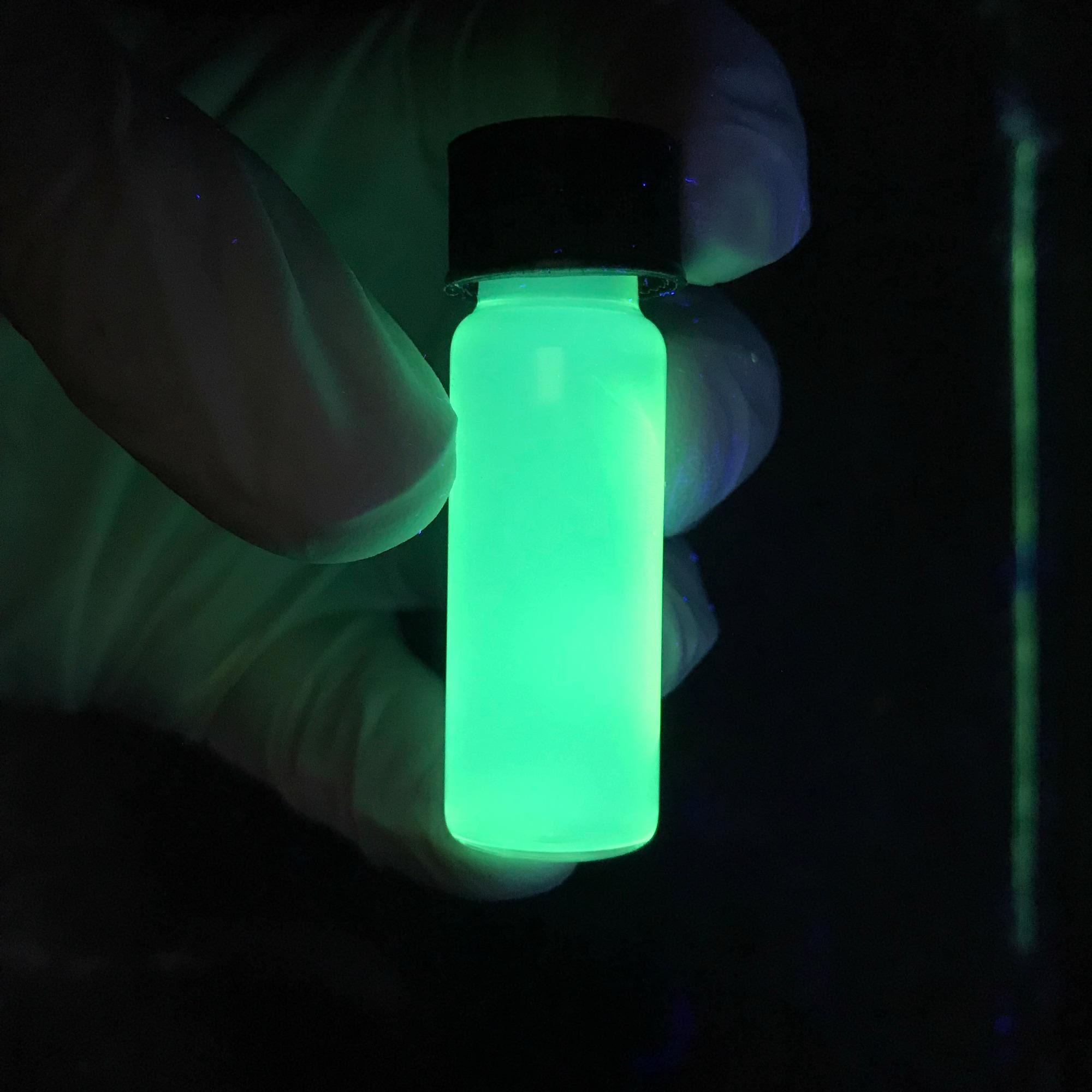Reviewed by Alex SmithSep 7 2021
A new study led by Professor Andrei V. Lavrinenko and Dr. Pavel N. Melentiev from the DTU Fotonik-Department of Photonics Engineering, Technical University of Denmark, Lyngby, Denmark, and the Nanoplasmonics and Nanophotonics Group, Institute of Spectroscopy RAS, Moscow, Russia, discusses the photoluminescence control by hyperbolic metamaterials and metasurfaces.
 Image Credit: Shutterstock.com/ Yahdi Bin Rus
Image Credit: Shutterstock.com/ Yahdi Bin Rus
The study was published in the journal Opto-Electronic Advances.
Photoluminescence is the emission of light from materials, such as fluorescence, and has a vital role in an extensive range of applications ranging from biomedical sensing and imaging to optoelectronics. Thus, the improvement and control of photoluminescence have an enormous effect both on basic scientific research and the aforementioned applications.
The researchers concentrated on a specific kind of nanostructure, hyperbolic metamaterials, and metasurfaces (HMMs) among different nanophotonic schemes and nanostructures to improve photoluminescence. HMMs are known to be highly anisotropic metamaterials capable of producing intense localized electric fields resulting in improved light-matter interactions and control of emission directivity.
The main building blocks of HMMs are metal and dielectric layers and/or trenches and metal nanowire structures, which can be formed of transparent conductive oxides, noble metals and refractory metals as plasmonic elements.
The factor that is considered highly crucial is that, because of their structure, HMMs are not-resonant constructions offering photoluminescence improvement in extensive wavelength ranges. Hyperbolic metasurfaces are two-dimensional variants of HMMs.
In this study, the researchers discussed existing advances in photoluminescence control using several kinds of HMMs and metasurfaces. In the optical domain, losses are unavoidable, and therefore, active HMMs with gain media for compensation of the absorptive losses of the structures have also been considered.
These HMMs help promote photoluminescence obtained from quantum dots, nitrogen-vacancy centers in diamonds, dye molecules, perovskites and transition metal dichalcogenides for optical wavelengths ranging from UV to near-infrared (λ = 290–1000 nm).
It is possible to engineer an HMM to regulate photoluminescence with respect to emission directivity, enhancement and statistics (classical light, single-photon emission, lasing) at any preferred wavelength range inside the visible and near-infrared wavelength regions.
This can be achieved by blending structural parameters and constituent materials. HMM-based systems can act as a strong platform for various applications, right from light sources to bioimaging and sensing.
Journal Reference:
Beliaev, L. Y., et al. (2021) Photoluminescence control by hyperbolic metamaterials and metasurfaces: a review. Opto-Electronic Advances. doi.org/10.29026/oea.2021.210031.